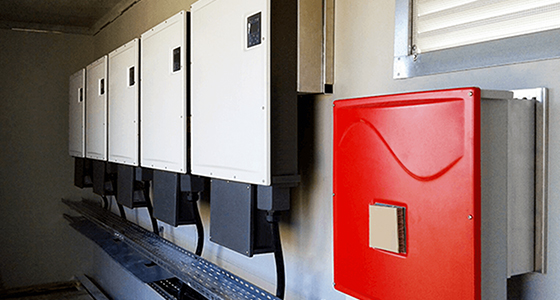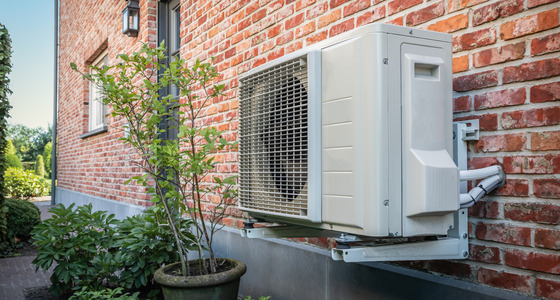Explore rebates
Safety
There are rigorous safety standards and protocols followed during the installation and maintenance of battery energy storage systems. Always work with qualified professionals and obtain necessary approvals to help mitigate potential risks and ensure safe and effective operation.
Keep in mind these factors when installing a battery in your home:
1. Proper installation: Ensure that batteries are installed according to manufacturer specifications and local building codes. Improper installation can lead to safety hazards and reduced system performance.
2. Ventilation: Adequate ventilation is crucial to dissipate heat generated during charging and discharging cycles. Install batteries in well-ventilated areas to prevent overheating.
3. Fire protection: Implement and maintain fire protection measures such as smoke detectors, fire extinguishers, and fire-resistant barriers to mitigate the risk of fire.
4. Monitoring and maintenance: Regularly monitor battery performance and conduct routine maintenance to ensure safe and reliable operation. Keep batteries clean, check for signs of corrosion or damage, and promptly address any issues that arise.
5. Continuous monitoring: A battery management system (BMS) continuously monitors the battery's state, including its voltage, current, temperature, and state of charge. This helps prevent conditions that could lead to overheating, overcharging, or other unsafe states.
6. Protective measures: If it senses irregularities, the BMS can take corrective actions such as disconnecting the battery from the load or charger, alerting you, or activating cooling systems.
7. Training and education: Make sure to get training and education on proper battery handling, maintenance, and emergency procedures.
8. Emergency response plan: Develop a clear emergency response plan outlining steps to take in case of battery-related incidents, such as overheating or fire. Ensure all household members are familiar with the plan and know how to respond effectively.
For details on how to safely install a battery storage system inside or outside of your home please see our guide [PDF, 259 KB].
Install and connect
All battery energy storage systems must be approved by BC Hydro before installation to ensure safety and effective operation – even if your battery will not be sending power to our grid. It is important for BC Hydro's crews and other service providers to know if there is a battery onsite to ensure they can work safety.
If you're interested in connecting a small (less than 100 kW) battery energy storage system, apply for connection through the self-generation program.
For systems larger than 100 kW, learn about distribution generator interconnections.
Apply for self-generation



